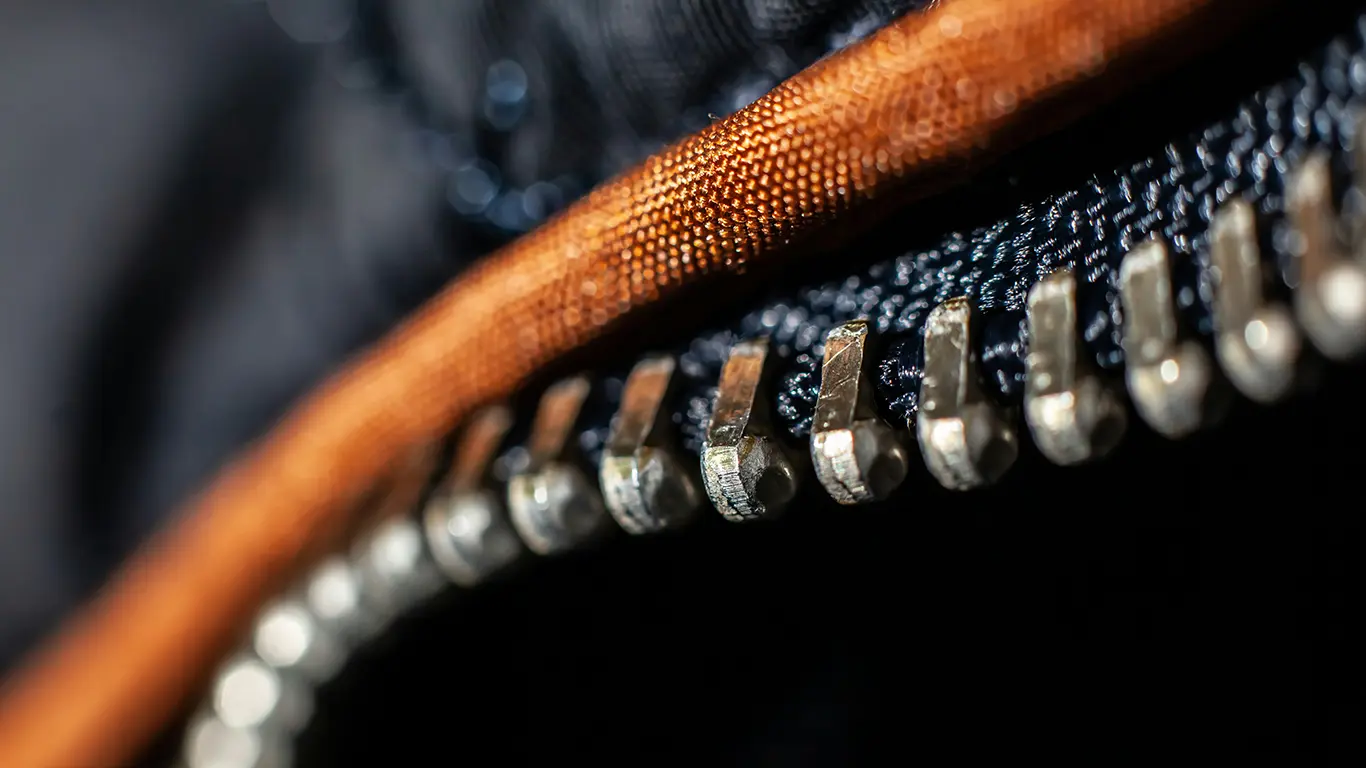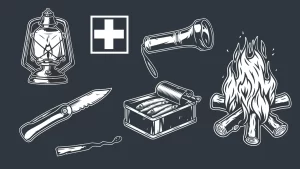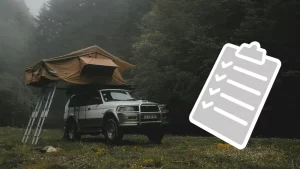As the sun dips below the horizon and the world shifts into nocturnal rhythms, adventurers across the globe find solace atop their trusted rooftop tents—the urbanites’ response to the allure of the wild. But few contemplate the unassuming elements that contribute to this outdoor refuge. Yes, I’m talking about the zip (I’m a Brit) or zipper; an invention that has slithered its way into the hearts and minds of campers everywhere.
A BRIEF HISTORY
The story of the zipper begins in the annals of ingenuity. In 1851, Elias Howe, the man credited with revolutionising the sewing machine, filed a patent for an Automatic, Continuous Clothing Closure. But it wasn’t until 1893 that a man named Whitcomb Judson, an American inventor, took the concept a step further. He introduced a contraption dubbed the Clasp Locker at the Chicago World’s Fair but, alas, it flopped. Yet, every tragedy births a phoenix; in 1913, Otto Frederik Gideon Sundbäck, Judson’s apprentice, finally made the breakthrough with his design.
By 1917, the B.F. Goodrich Company seized upon this miraculous invention, incorporated it into their rubber boots, and marketed them as Zippers (because of the noise they made). And just like that, a name was born.
In 1934, Tadao Yoshida established the Japanese company San-es Shokai, which would later become known as the leading zip manufacturer YKK.
THE ZIP TODAY AND ITS ROLE IN ROOFTOP TENTS
Fast forward to the present day and the zip reigns supreme—not merely as something to hold your clothes, bags, and so many other things together, but as a vital component of rooftop tents. There are several types of zips on the market today, each serving a distinct purpose:
COIL
Built from interlocking coils of nylon or polyester, these zips are flexible and lightweight, making them ideal for the rigours of outdoor life.
Pros: Lightweight, smooth action, resistant to dirt and debris.
Cons: Less durable than metal, can snag under stress.
METAL
The sturdy classic, often found in high-end products. They come in a range of sizes, imparting a sense of rugged reliability.
Pros: Very durable, withstands heavy stress, offers a premium aesthetic.
Cons: Heavier than others, prone to rust if not made from stainless steel.
PLASTIC
Robust and designed for wet conditions, these zips are usually made from nylon or a similar material.
Pros: Lightweight, resistant to corrosion, flexible.
Cons: Can wear down over time, less aesthetically pleasing, can suffer from UV.
WATER-RESISTANT
As the name suggests, these zips battle the elements with specially designed seals to repel moisture, perfect for inclement weather.
Pros: Keeps water out.
Cons: Can be harder to open and close, more costly.
CONSIDERATIONS WHEN PURCHASING A ROOFTOP TENT
As you embark on your quest to purchase a rooftop tent, consider the following factors when it comes to zips:
Durability of Materials Inspect the zip composition; metal may be your best bet for longevity, but don’t overlook the benefits of high-quality coil zippers, especially if you prefer lightweight gear.
Ease of Use Ensure zips glide smoothly. This simple pleasure often goes unnoticed until you’re wrestling with a stubborn zip when raindrops begin to fall.
Weather Resistance If you’re planning to roam the lands where rain is just another form of beauty, a tent equipped with water-resistant zips will serve you well.
Maintenance Keep an eye on your zips; like any piece of machinery, they require a bit of care. Keep them free of dust, sand, mud, moss, and anything else that might get in the way, and add the occasional dab of wax, graphite or lubricant to keep them running smoothly.
THE IMPERFECT WORLD
When a zip works faultlessly, all is well. However, zips on rooftop tents are subject to a lot of wear, tear, and abuse. Two of the worst things that can happen are:
WEAR Plastic teeth can wear down with a lot of use, making their ability to interlock less effective. All of a sudden the closed zip will pop open, and not just at one point—it affects the integrity of the whole zip, which will then proceed to unravel.
LOST TOOTH Another trait of plastic teeth is when they fall out. This can occur for a number of reasons, including a lack of patience and/or too much stress. If the rooftop tent is overfilled or its fabric walls are poorly stowed, the tent will probably not fold closed as it should. The zip will require a bit more force and before you know it, a tooth has disappeared.
Either way, replacing a zip is no mean feat. You will spend time and money on repairs that could be better put to use in your outdoor adventures.
The takeaway from this is to look after your zips and never rush or force them. As an aside, coil zips are less prone to disaster if one loop should break—their close proximity to one another can bridge the gap and provide a secure closure.
CONCLUSION
Look for sturdy and robust zips, that slide easily. Check that the material being pulled together and closed isn’t under excessive strain, which could lead to premature failure of the zip.
Look after your zips and keep them free of dirt and grime. Don’t use excessive force and don’t trap objects or tent material when closing.







